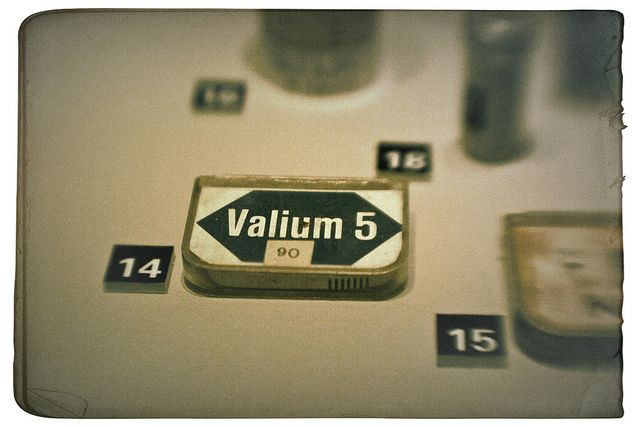Brain Makes Its Own Version Of Valium, Provides Clues For Epilepsy Treatment

Stanford neuroscientists have found a compound in our bodies that mimics the anti-seizure, anxiety-reducing drug Valium (Diazepam). The discovery provides key insights into why seizures happen and could yield new therapies for epilepsy, anxiety, and sleep disorders. The study was published today in the journal Neuron
Valium is part of the benzodiazepine family, a group of psychoactive drugs with a variety of medical uses, including insomnia, seizures, and alcohol withdrawal. Valium also has a reputation of abuse, especially in combination with other drugs, with famous cases including Elizabeth Taylor and Elvis Presley.
The researchers found a natural compound - diazepam binding inhibitor or DBI - that interacts with the brain in a manner similar to Valium. The scientists discovered DBI, like most benzodiazepines, has a special effect on a part of the brain called the thalamus.
The thalamus is your brain's crossroads, especially when it comes to your body's senses - hearing, taste, sight, and smell. Sensory information is relayed through the thalamus to other regions of the brain where the details are used to guide movements and emotions.
The brain cells that produced DBI on their own were confined to one portion of the thalamus, suggesting its role in this brain region is tightly controlled.
"This is one of the most exciting findings we have had in many years," said senior author Dr. John Huguenard, Ph.D., a neurologist at Stanford. "Our results show for the first time that a nucleus deep in the middle of the brain generates a small protein product, or peptide, that acts just like benzodiazepines."
The authors found that similar to Valium, DBI slows down the activity of brains cells by changing the way that the cells respond to neurotransmitters.
Neurotransmitters are small compounds used by brain cells to communicate with each other. These cells have 'receptors' or receivers for neurotransmitters that catch these signals, and some receptors stimulate brain cells, while others stifle their activity.
The "GABA receptor" is an example of a receptor that stifles activity, and is DBI's target in the thalamus, according to findings from this study. The researchers found that DBI makes the GABA receptor a better inhibitor, which mimics the effect that Valium has on the receptor.
Absence seizures, which feature long bouts of blank staring and brief lapses of conciousness, are suspected to involve GABA receptors that have been thrown out of whack. Valium and other benzodiazepines were once used as tranquilizers to stabilize the situation.
The researchers discovered DBI calms absence-seizure-like brain activity in mice.
"By finding out exactly which cells are releasing DBI under what biochemical circumstances, it may someday be possible to develop agents that could jump-start and boost its activity in epileptic patients at the very onset of seizures, effectively nipping them in the bud," Huguenard continued.
Source: Christian CA, Herbert AG, Holt RL, et al. Endogenous Positive Allosteric Modulation of GABAA Receptors by Diazepam binding inhibitor. Neuron. 2013.



























